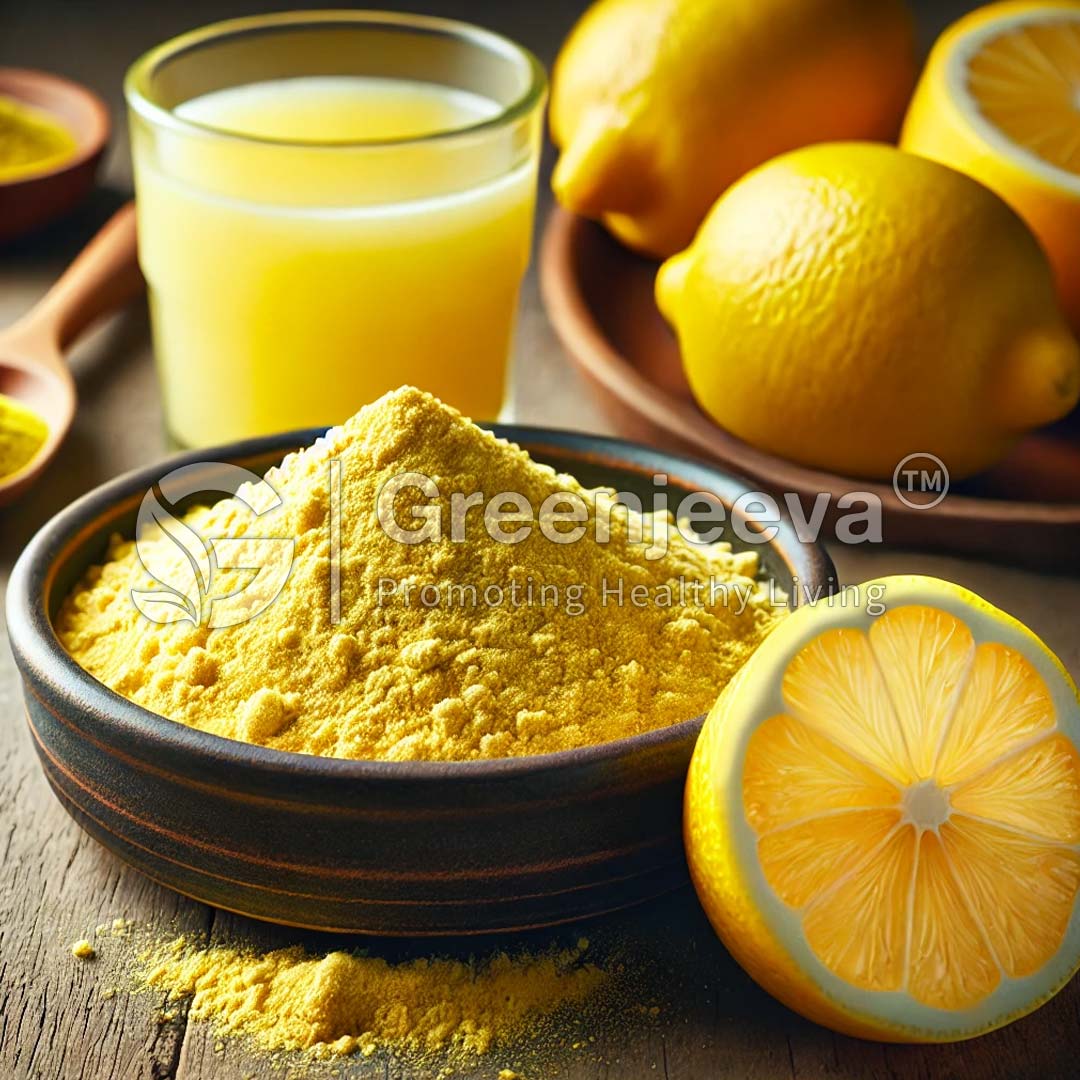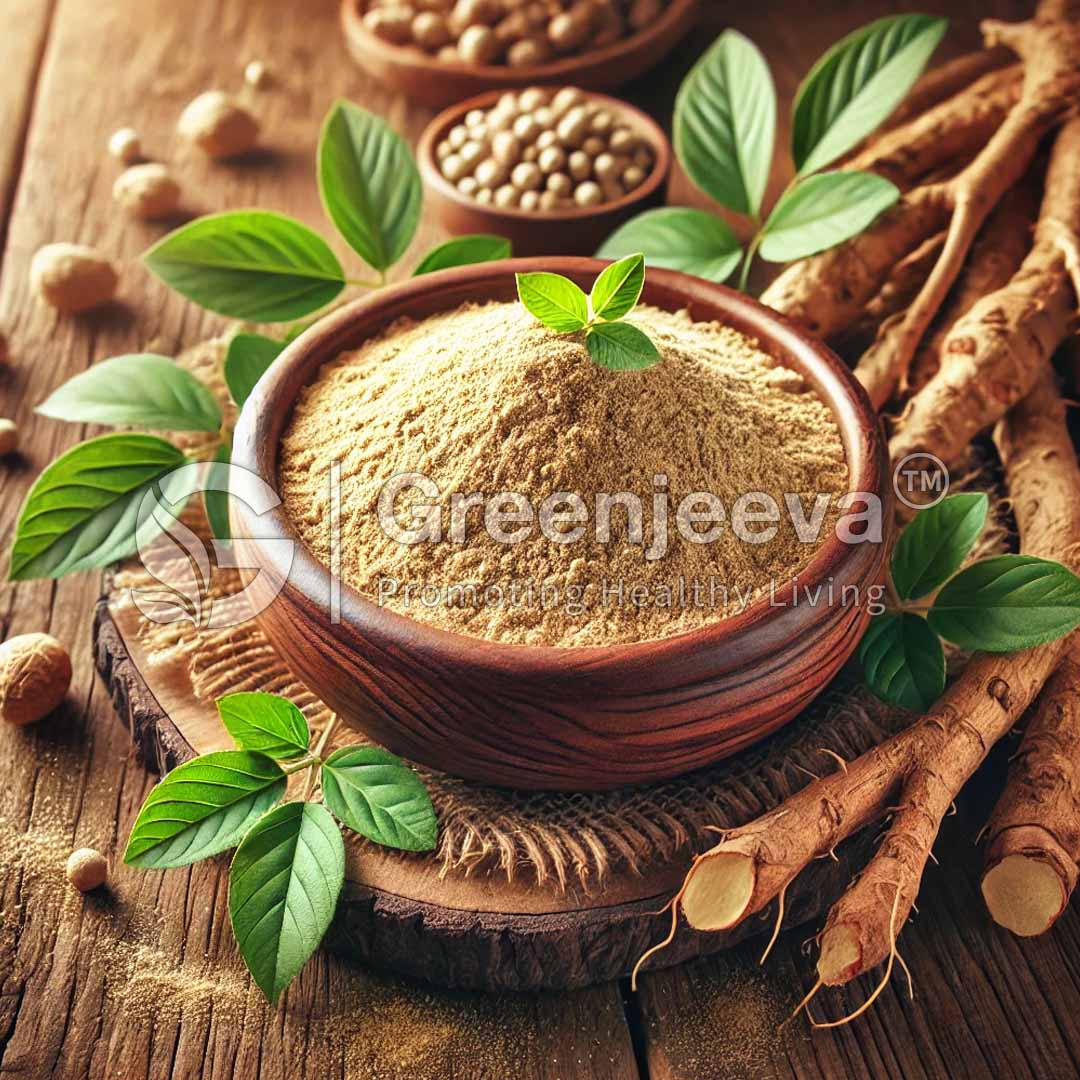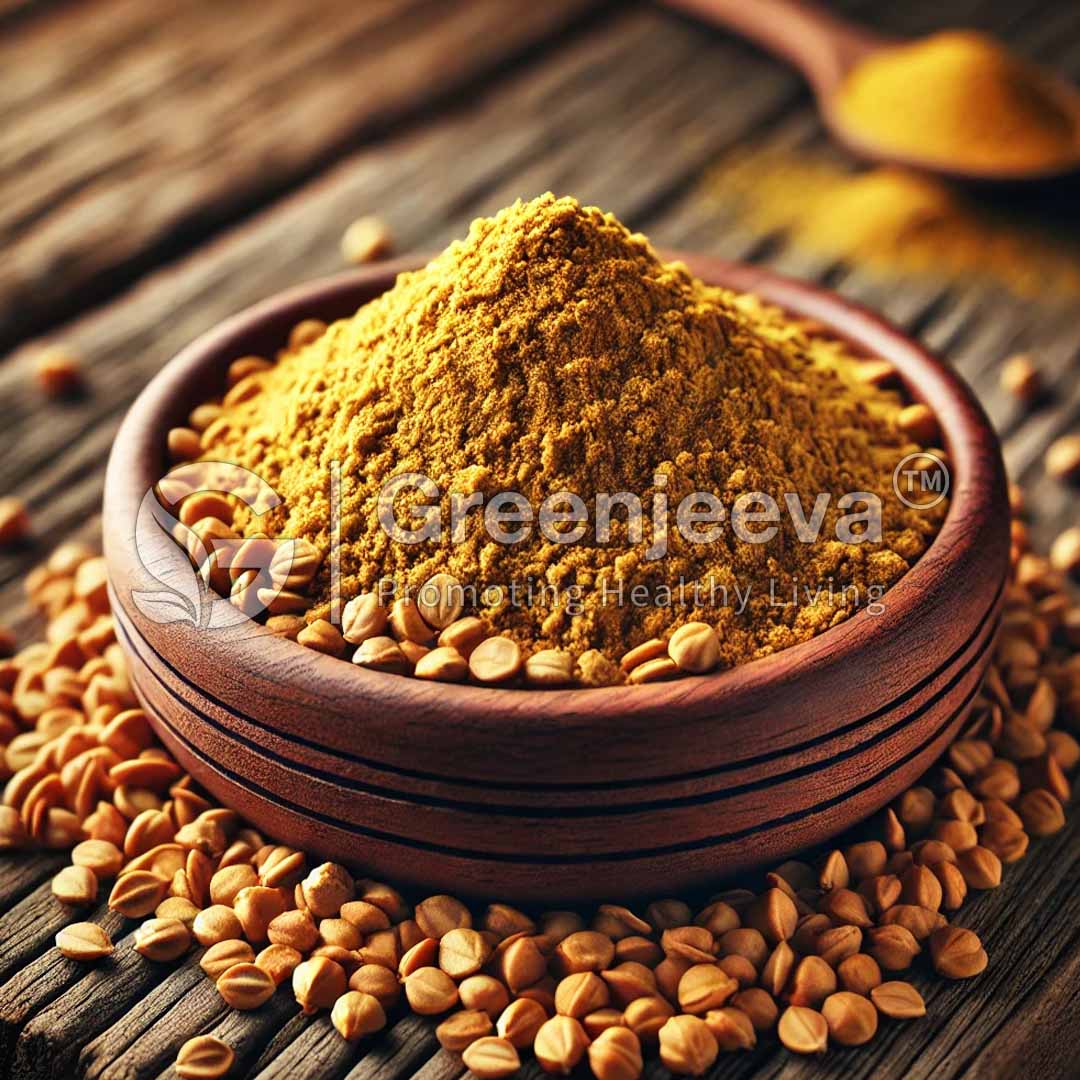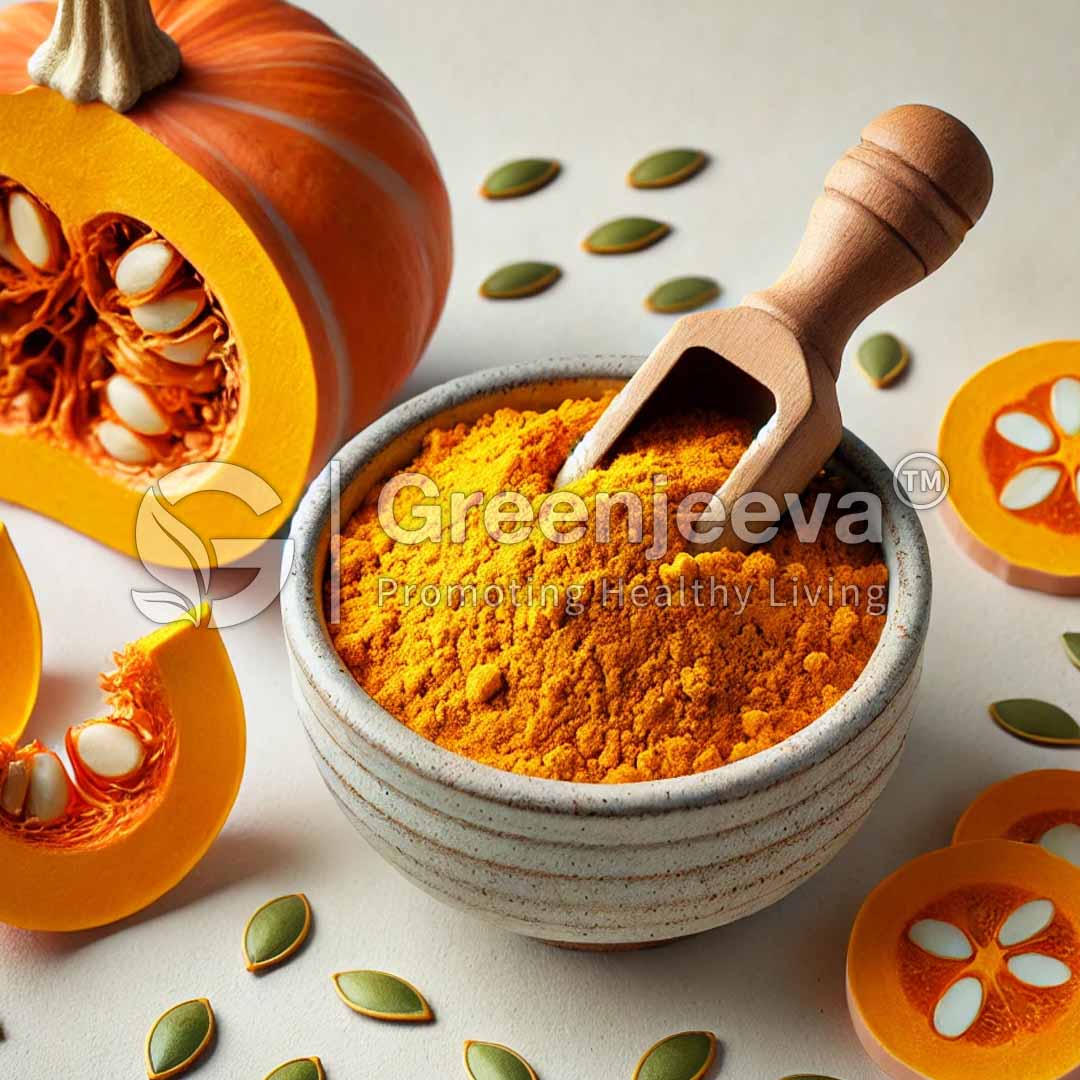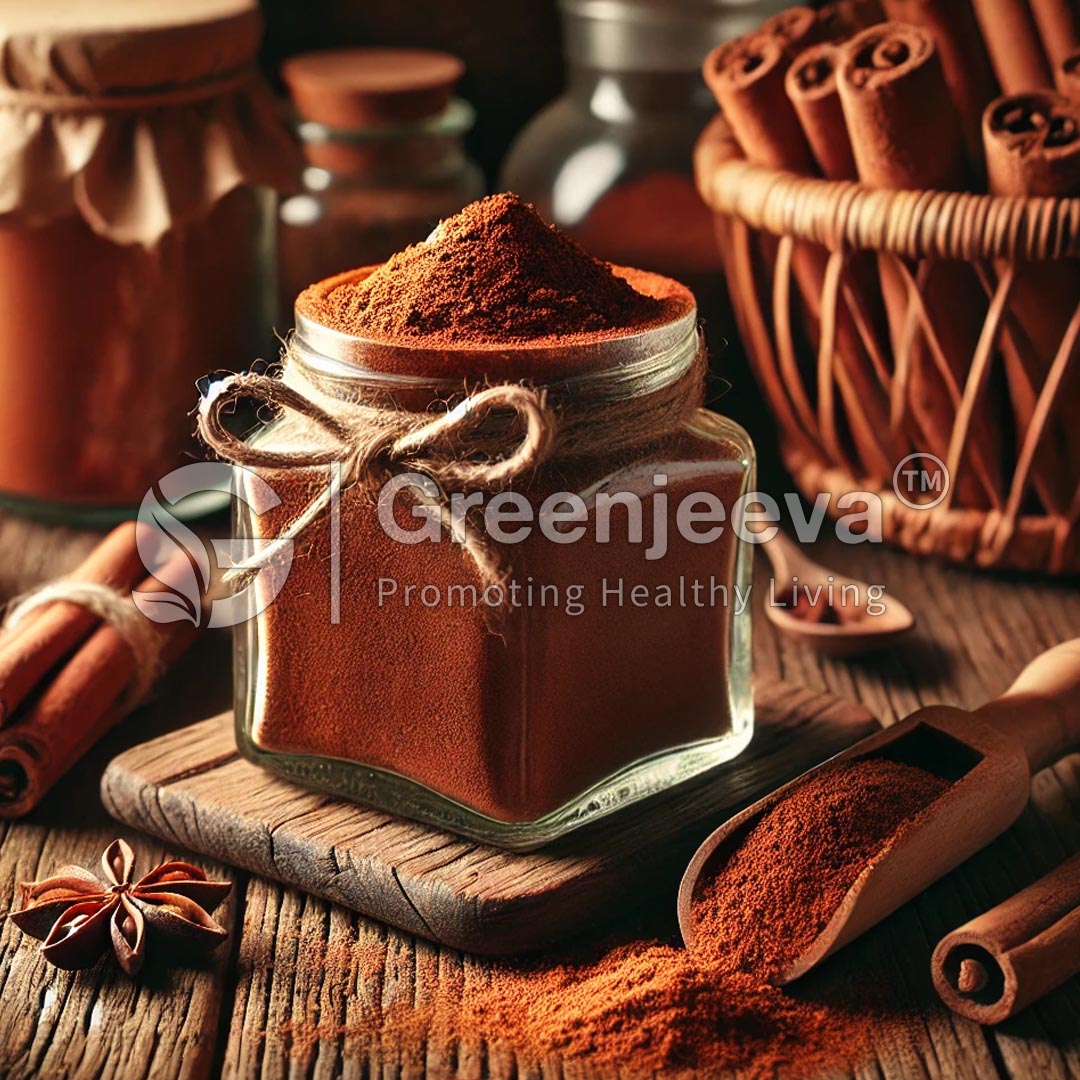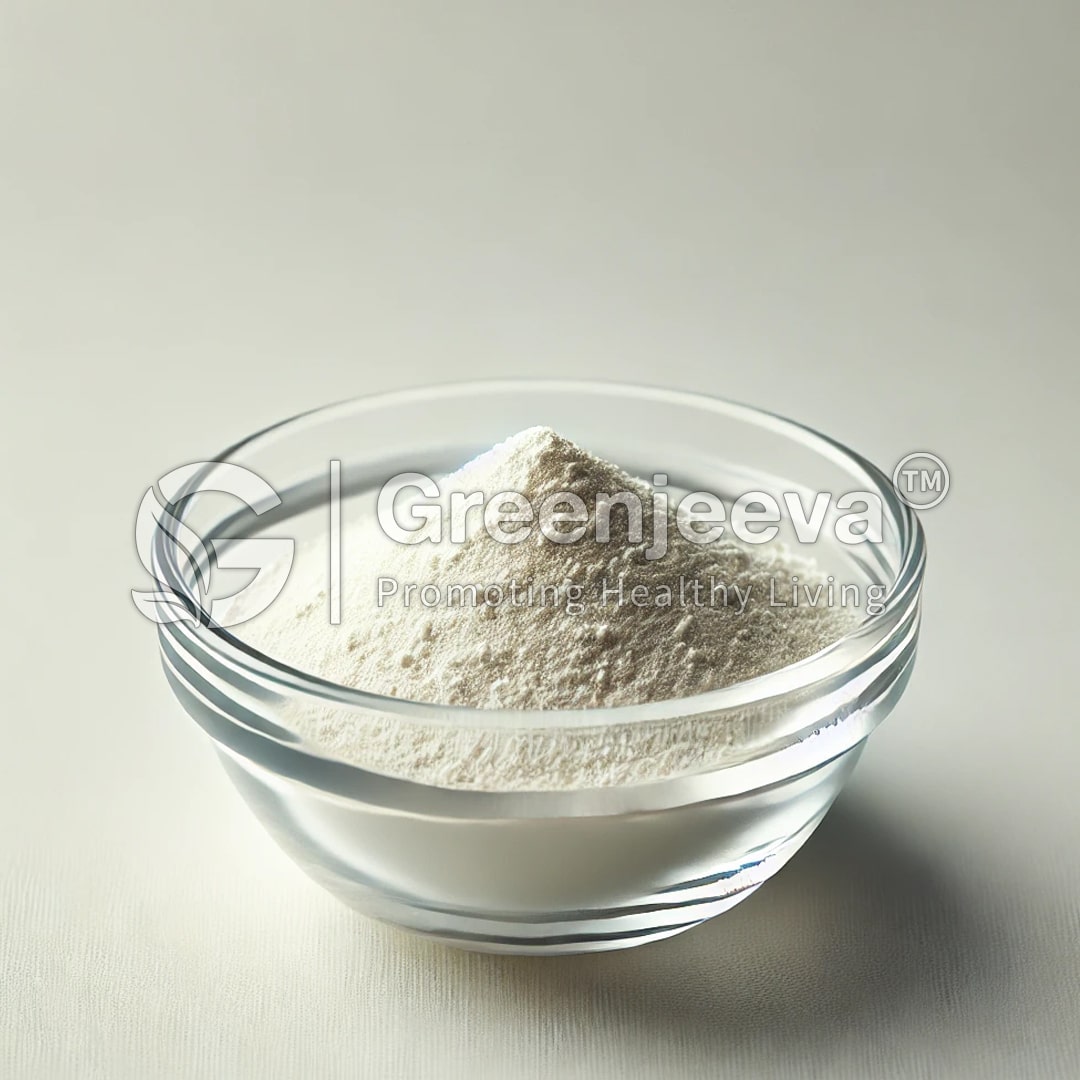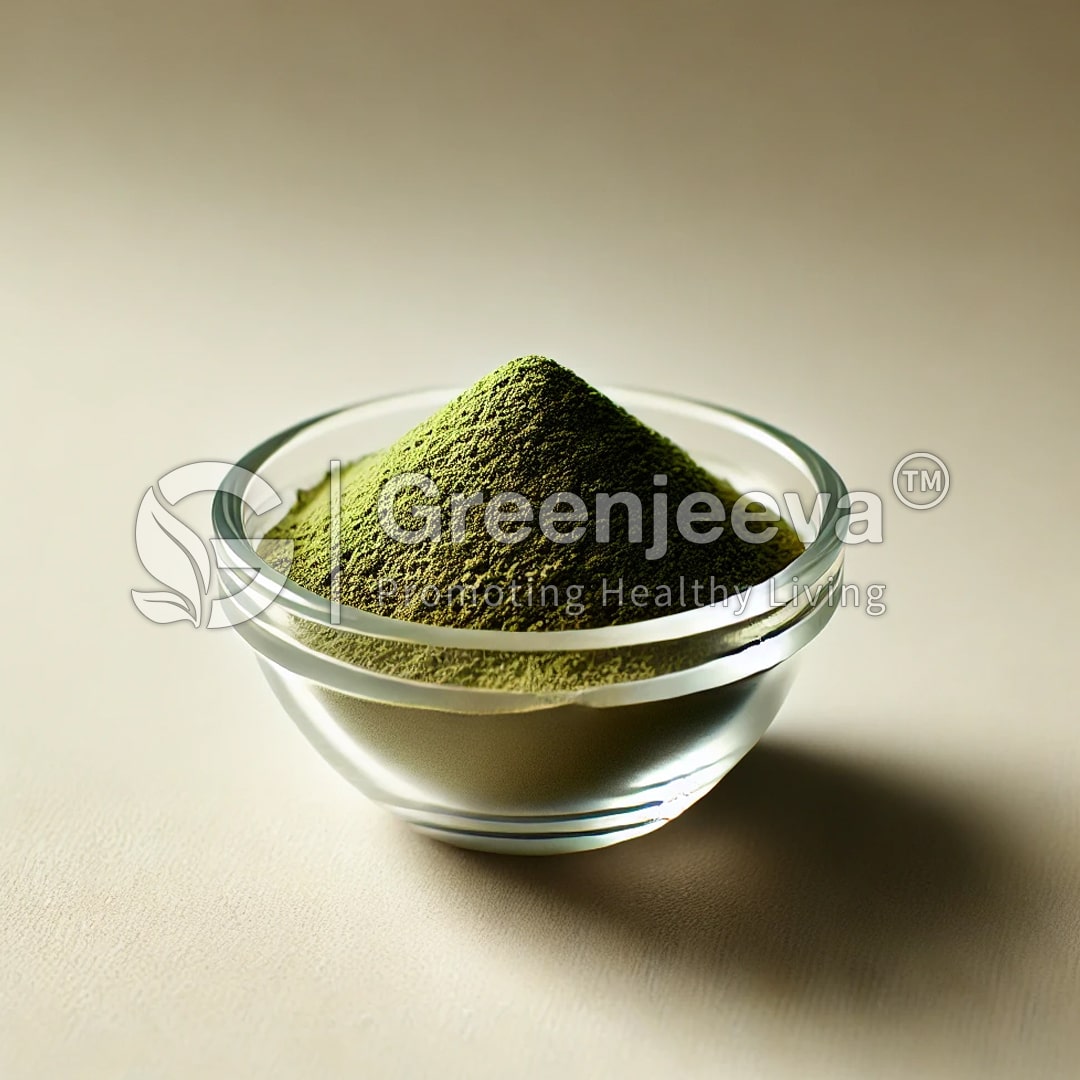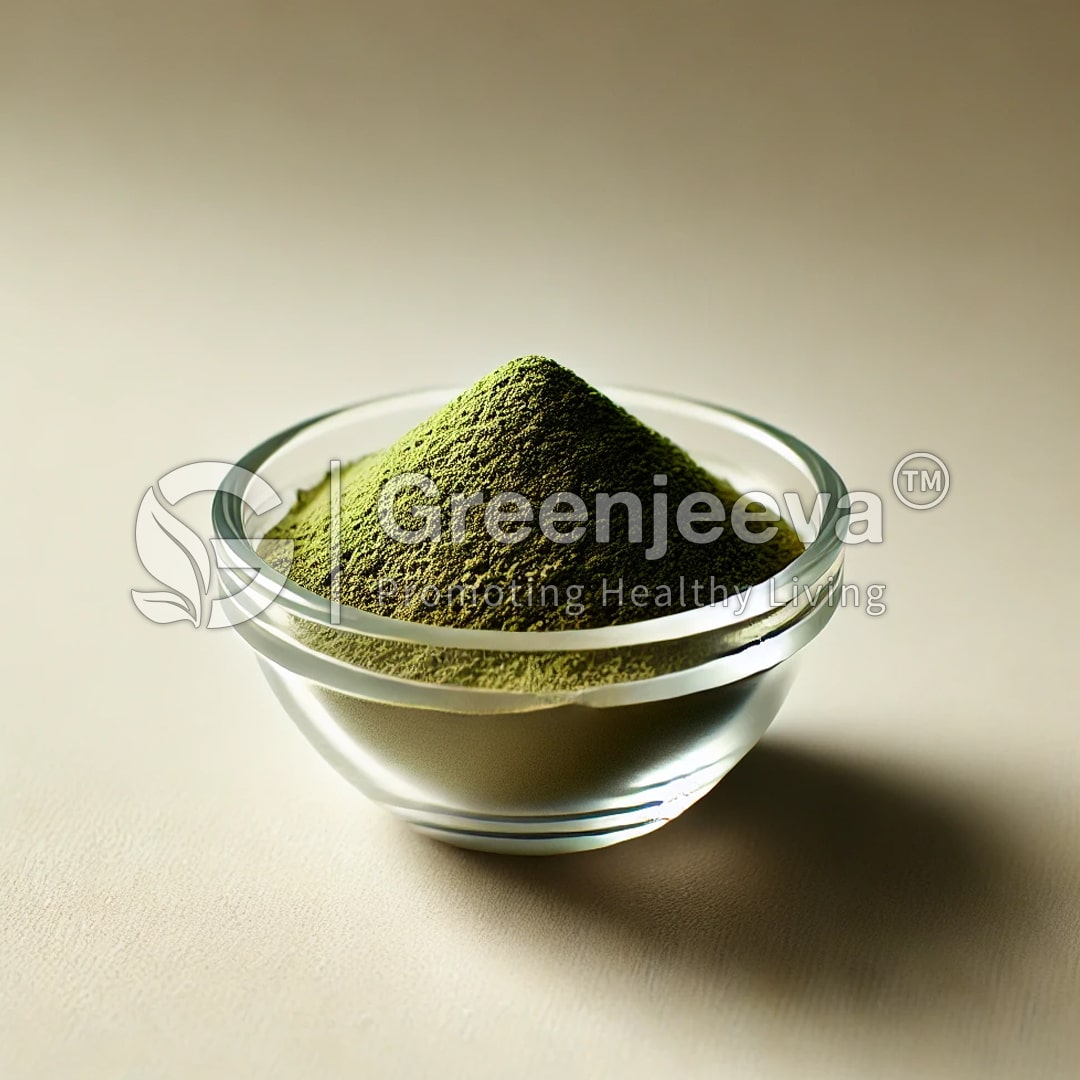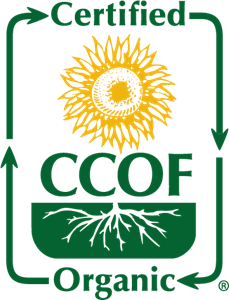Description
Mangoes are tropical fruits that are primarily grown in countries such as India, China, Thailand, and Mexico. These fruits require warm temperatures, plentiful sunshine, and well-drained soil for optimal growth. They are typically harvested from May to September in most regions, although some areas may have a longer growing season. The most common varieties of mangoes include Tommy Atkins, Haden, Kent, Keitt, and Alphonso.
Mango trees can grow up to 100 feet tall and produce fruit for up to 300 years. The trees are propagated through grafting, which involves taking a cutting from a mature mango tree and inserting it into a seedling rootstock. This allows for the growth of new trees with identical genetic traits as the parent tree. Once the trees are planted, they take about 3 to 4 years to start producing fruit.
Mangoes are typically hand-picked when they are ripe and ready to be consumed. To ensure quality, they are carefully selected, graded, and packed before being transported to markets for sale. Mangoes are often shipped while still unripe and allowed to ripen in transit or at the destination market.





